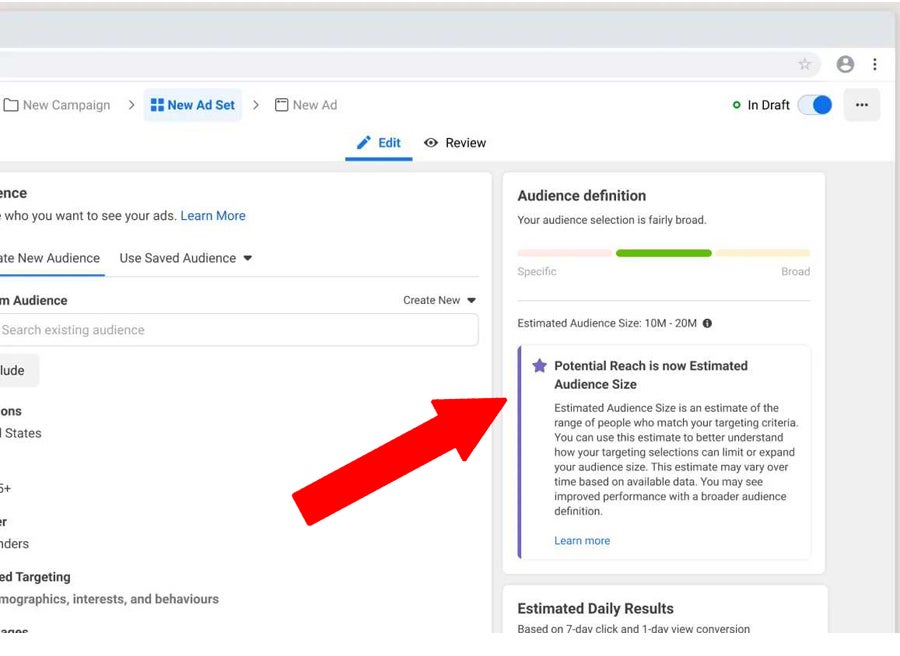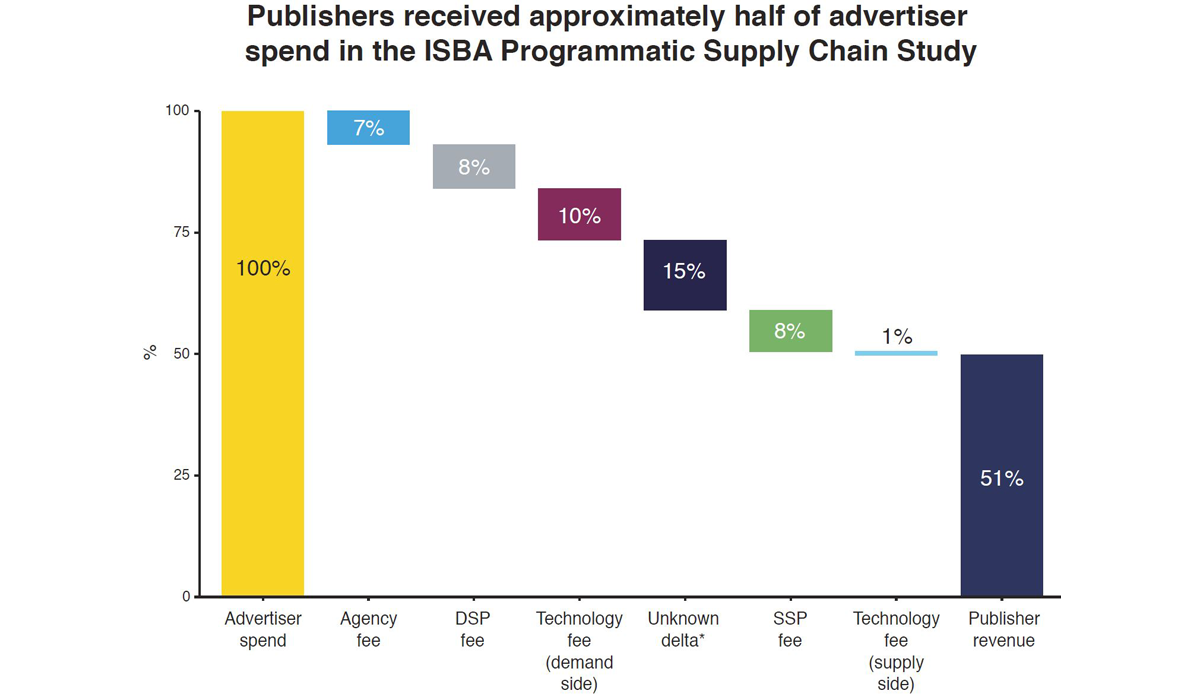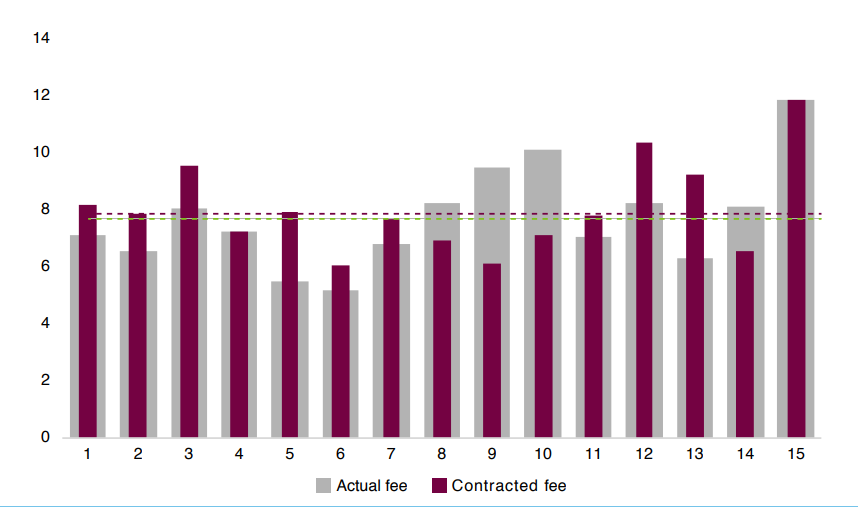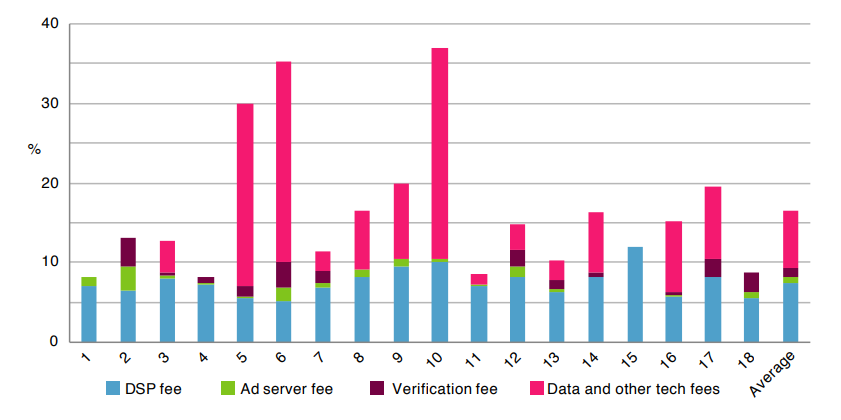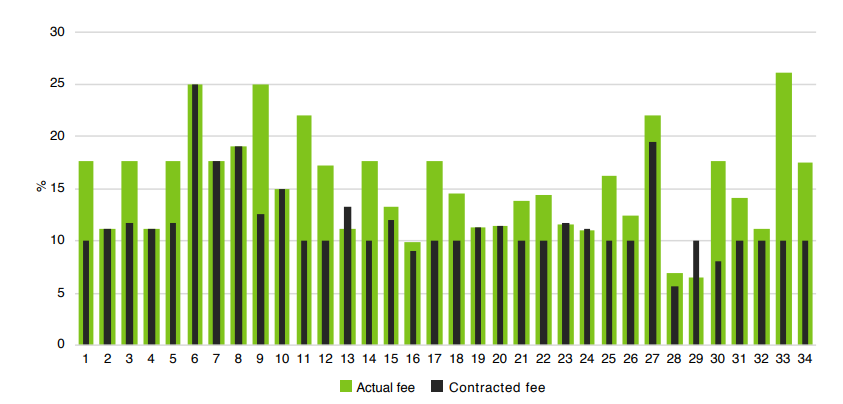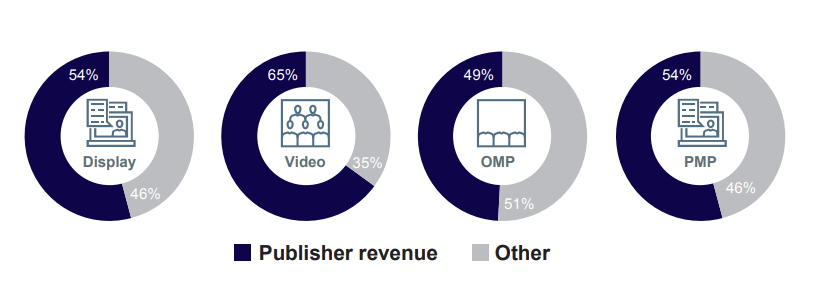It seems like everywhere you look these days you’ll see another post about ChatGPT and the worldwide impact that it can have on everything from customer service to programming. Historically, chatbots have been set up to give preprogrammed responses to common customer questions. ChatGPT changes that by replying to queries in a more conversational way, using reinforced learning from human feedback in order to learn and to gradually give more humanlike responses. The implications of this can be quite significant: more automated customer service with potential impacts on online customer service jobs, the ability to generate essays with easy in academia, and writing emails to name a few. So far, ChatGPT and other automated language models haven’t reached a level of accuracy where we can consistently use them in everyday applications. However, the technology will only improve over time. Eventually, we may reach a time where we ChatGPT and similar technologies are used with confidence.
How Does It Work?
From the OpenAI, the founders of ChatGPT –
“We trained this model using Reinforcement Learning from Human Feedback (RLHF), using the same methods as InstructGPT, but with slight differences in the data collection setup. We trained an initial model using supervised fine-tuning: human AI trainers provided conversations in which they played both sides—the user and an AI assistant. We gave the trainers access to model-written suggestions to help them compose their responses. We mixed this new dialogue dataset with the InstructGPT dataset, which we transformed into a dialogue format.
To create a reward model for reinforcement learning, we needed to collect comparison data, which consisted of two or more model responses ranked by quality. To collect this data, we took conversations that AI trainers had with the chatbot. We randomly selected a model-written message, sampled several alternative completions, and had AI trainers rank them. Using these reward models, we can fine-tune the model using Proximal Policy Optimization. We performed several iterations of this process.”
So it looks like currently ChatGPT still requires a good amount of human guidance in the form of AI trainers is required in order to optimize its algorithm. AI trainers utilize demonstration data to train policies, and sample outputs are presented from several different models. The outputs are ranked by performance and the results are used to further train the reward model. A more detailed explanation with illustrations can be seen below.

Photo from https://openai.com/blog/chatgpt/
ChatGPT Implications In Advertising
- Writing Call-To-Actions and Copy on creatives
- Some outputs may be brilliant whereas other outputs may leave much to be desired. Nevertheless, ChatGPT can be an avenue for creatives to brainstorm successful campaign advertisements to reach their customers effectively.
- Analyzing information for more efficient targeting
- With a complex data set and a given set of parameters, ChatGPT can analyze break it down in many different ways to advise on campaign advertising strategies.
- Tracking conversions and important user actions
- Marketers can ask ChatGPT to record a conversion event every time a customer performs a desired action, such as download a pdf file, make a purchase, or sign up for a class.
- Customer service
- ChatGPT can act as customer service to field customer questions, especially with companies that struggle with finding the bandwith.
- Coding
- This can be a huge time saver for front-end web developers. For example, instead of manually adjusting the code to provide additional options for a new bulk edit option, developers can ask ChatGPT to do it for them.
*All of these possibilities and more come with the huge asterisk that ChatGPT is still in its infancy and currently it is best used as a thought starter instead of an end all be all. Marketers should definitely still check ChatGPT’s outputs and use it as a reference instead of blindly using it without any QA.
Sources
- https://www.businessinsider.com/everything-you-need-to-know-about-chat-gpt-2023-1
- https://smartyads.com/blog/how-chatgpt-will-revolutionize-ad-tech/
I didn’t fail the test. I just found 100 ways to do it wrong.
Benjamin Franklin








